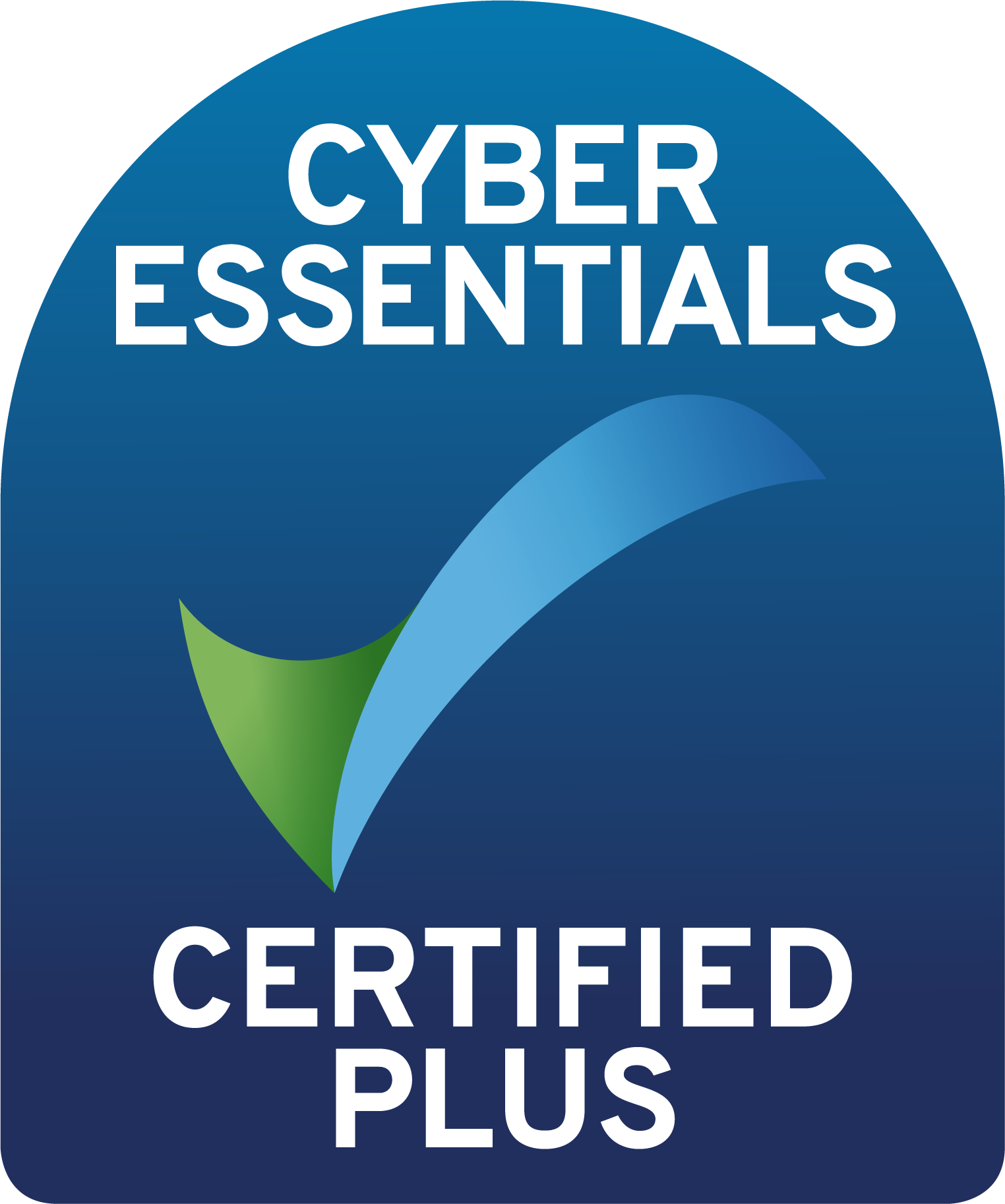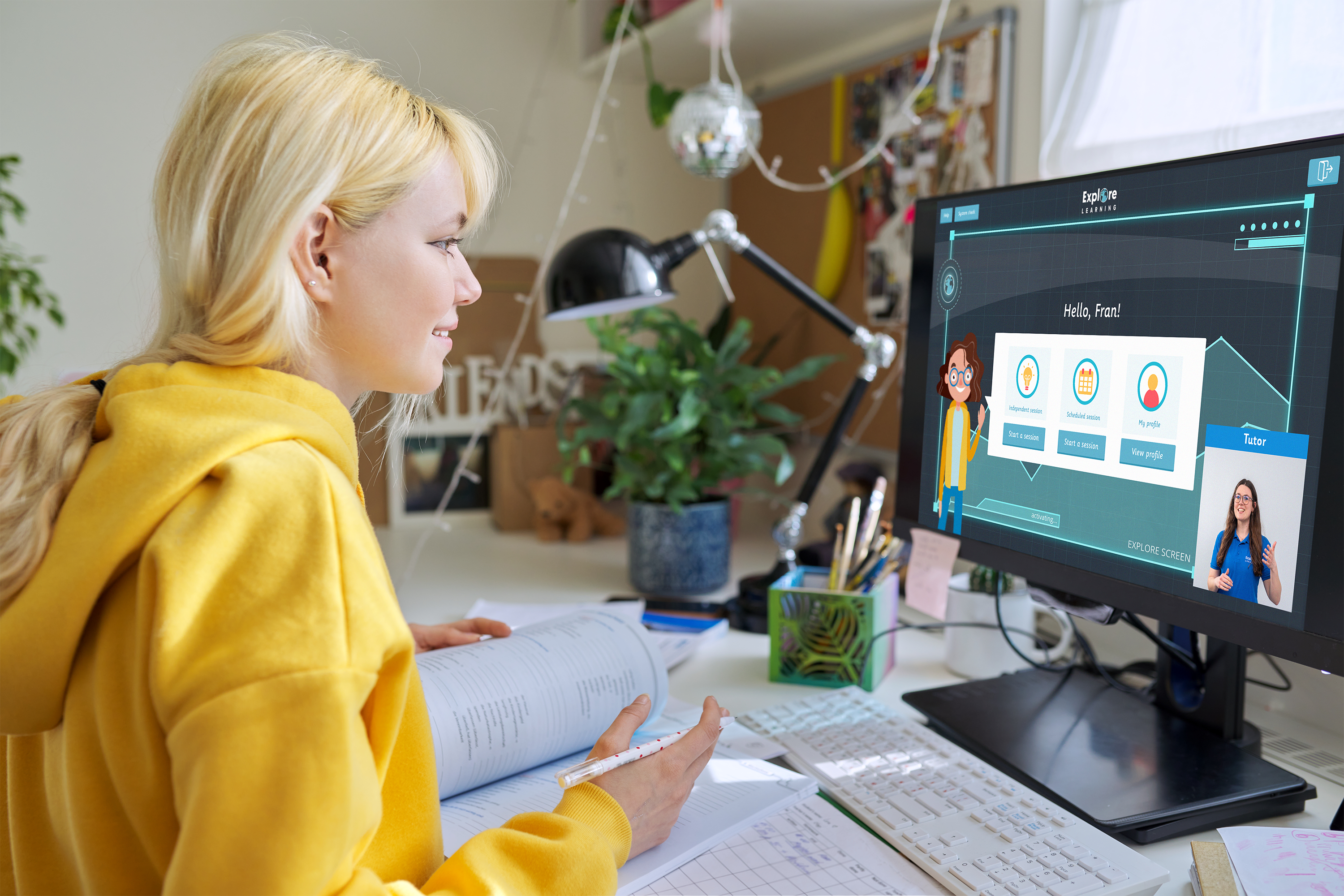“Help! My child won’t sit still” – How ADHD affects learning

Children with attention deficit hyperactivity disorder (ADHD) can find the classroom a tricky place to learn. Explore how ADHD affects learning and discover some helpful strategies and resources to support your child.
What is ADHD?
ADHD or attention-deficit hyperactivity disorder is a condition that affects the brain. It makes it difficult for children to concentrate, to sit still, to follow directions, to sustain attention and to control impulsive behaviour. In short, classroom-based learning environments can be really challenging.
Signs your child might have ADHD
Our understanding of ADHD is developing all the time, thanks to the work of great organisations such as the ADHD Foundation. We now know, for example, that people with ADHD have structurally different brains from those without the disorder. We also know that children with ADHD can present a range of different behaviours that aren’t always related to hyperactivity.
Take Jackson and Samira for example, which child do you think has ADHD?
Jackson finds it challenging to sit still and when completing tasks, he races to get things done as quickly as possible.
Samira is very quiet and subdued in class. She is often seen ‘staring into space’ and frequently needs support to follow instructions and get started on tasks.
The answer is both. Whilst these examples alone do not confirm that a child has ADHD, it’s good to challenge the assumption that all children with ADHD can’t sit still because that isn’t always the case.
ADHD barriers to learning
Understanding some of the challenges children with ADHD may face is the first step in finding solutions and adapting environments in order for them to thrive.
Did you know learners with ADHD may have difficulty with a wide range of things that affect concentration, memory and communication? The list below is a selection of areas that students with ADHD struggle with on a daily basis in the classroom and the world beyond.
Following instructions
Managing emotions
Thinking before saying or doing things
Shifting from one activity to another
Managing or having a concept of time
Getting started on tasks
Getting and staying organised
Completing tasks that require them to pay attention for long periods of time
How to help a child learn with ADHD
When the world around you doesn’t support you in the way your brain is designed, life can be especially frustrating. As parents, we can’t help but worry about our children when they appear angry, frustrated, anxious or stressed. Before you can help your child to learn, you need to help them find their calm.
Top tips for helping your child with their mental health alongside ADHD
Writing things down and talking things out is the best way of getting frustrations out of your brain. Encourage your child to make notes and find the words to express themselves.
Get exercise, run off those tense feelings. Getting the blood pumping and oxygen levels up on a regular basis also helps build resilience. Your child might find that putting their energy into physical exercise reduces greatly to busyness of the mind.
Encourage them to use their imagination. This is something that children with ADHD are very good at. Try this. Ask your child to imagine that their frustrations are like clouds currently blotting out the sun. However, we all know that the sun is always there even if we can’t see it. We just need to float through the clouds or picture ourselves on a plane, rising above them.
Have fun. The antidote to all frustrations is the ability to let go and find the fun. Tell jokes, watch a funny film or just spend time in a place that makes everyone smile.
The second step is to create learning habits and practices that will help your child to succeed with their education.
ADHD learning strategies at Explore Learning
At Explore Learning, we have spent the last twenty years supporting hundreds of thousands of children with their individual learning needs. We pride ourselves on always striving to find the best possible solution for each child. However, one size does not fit all; there is no one solution, pedagogy or setting that will be right for every child. So, we find out what works best for each individual by listening to the parents, teachers and child then work together to find the best path.
“Our son has a number of barriers to learning, including ADHD, ASD and learning difficulties. Because of these issues English/Maths have always been a struggle for him. He has now been attending Explore Learning for 5 months and has made excellent progress, particularly in his use of mental arithmetic …
We have been impressed by the professionalism, commitment and enthusiasm demonstrated by all of the staff; they are really supportive of our son and have done a great job at putting him at his ease and boosting his confidence. As parents we have found the review process particularly helpful in allowing us to track our son’s activity/performance and also affords us the opportunity to have his learning focused on particular areas for improvement.
I would have no hesitation in recommending Explore Learning tuition for both children in the mainstream and SEND.” N. Gardner, Trustpilot review
Learning techniques for ADHD students
For our students with ADHD we have found that creating a structured environment can help reduce some of the problems with starting and completing tasks, making transitions, working with others, following directions, and maintaining attention.
We have discovered that we make the greatest difference when we use the following learning strategies with ADHD students:
Predictability– we encourage a routine with the same session day and time each week.
Structure– activities can be completed in the same order each visit.
Short work periods– children work for a maximum of 15 minutes on each block of learning with timers to help support time management before a distraction break.
Individual instruction– tutors work one-to-one or in small groups (maximum of three) with each child, giving instruction only directed at them, alongside frequent attention, reminders and support.
Encourage attention devices– tangle toys, wobble cushions, doodling and mind-mapping are all welcome.
Positive reinforcement– giving rewards and specific praise for behaviour and effort is vital.
Stimulating curriculum– variety in questions, jumping from one topic to another, ensuring that questions are challenging for students without being impossible helps our ADHD learners to experience learning in a more satisfying way.
If you would like to find out more about supporting your child with a learning disability then give us a call. We have an environment and curriculum that can complement your child’s school education whilst meeting their specific learning needs with dedicated tutors. We will work with your family to see if our setting will meet your needs or if not, we will be honest and suggest an alternative route.
Support resources for parents
The following websites contain a wealth of useful guides, evidence based research and advice for parents
Whether your child has a suspected or diagnosed Special Education Need and Disability (SEND), or is excelling academically and needs a challenge – we tailor our curriculum and approach so that it’s right for them.
Cancel anytime
No joining fee
In centre or online
Memberships to suit you
Cancel anytime
No joining fee
In centre or online
Memberships to suit you
Cancel anytime
No joining fee
In centre or online
Memberships to suit you




